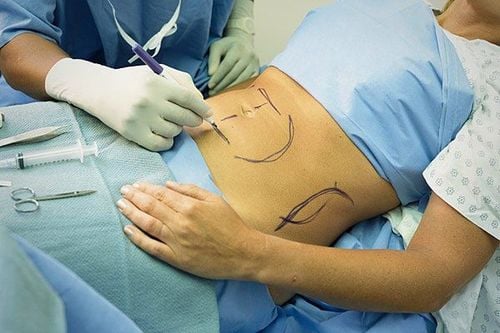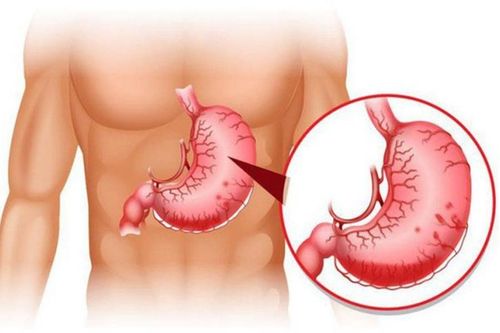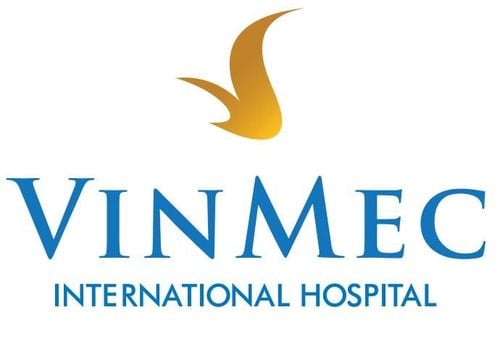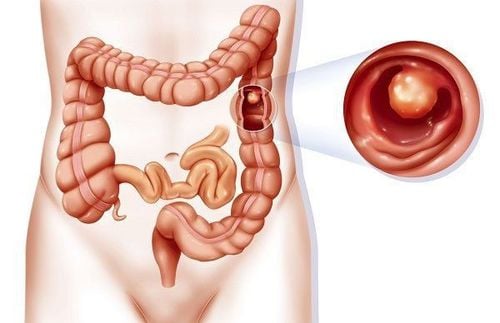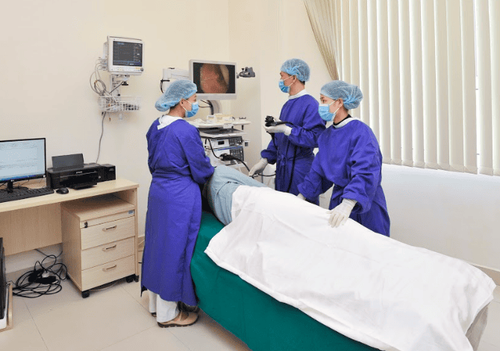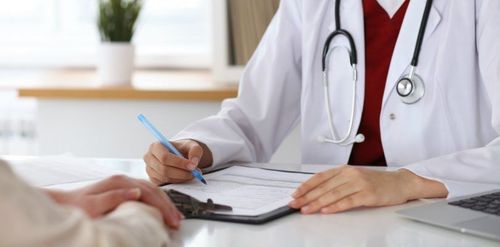This is an automatically translated article.
The article is expertly consulted by MSc Vu Huy Binh - Department of Medical Examination & Internal Medicine, Vinmec Hai Phong International General Hospital.Endoscopy is currently the most accurate method of diagnosing pathologies in the gastrointestinal tract, i.e. in the esophagus - stomach - duodenum, small intestine and colon. Because endoscopy is seen directly by the eyes through the camera, the pathologies that cause damage in the digestive tract are detected such as tumors, ulcers, foreign bodies, vascular malformations... So should it be done at the same time? gastroscopy and colonoscopy?
1. What is gastroscopy?
Gastroscopy is a method of directly examining the upper part of the digestive tract including the esophagus, stomach, duodenum and duodenum by inserting a small flexible scope about 1cm in diameter through the esophagus into the stomach. . Small endoscope with light attached, camera captures directly and displays on the screen.Because the scope can be driven deep into the digestive tract, the doctor can detect lesions as small as a few millimeters. Gastroscopy helps doctors diagnose pathologies, determine the cause of symptoms such as nausea, vomiting, flatulence, indigestion, difficulty swallowing, abdominal pain...
When you have digestive symptoms gastroenterology, the stomach will be examined by the doctor and prescribed a gastroscopy. Gastroscopy can be done through the mouth or nose (with a nasogastric tube). You can choose between anesthesia (painless endoscopy) or no anesthesia.
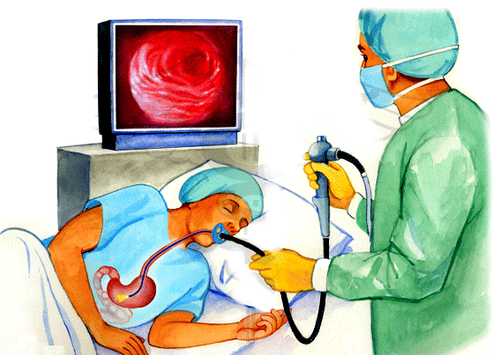
2. What is a colonoscopy?
Colonoscopy is the best way to prevent or detect colorectal cancer early. This method is a diagnostic technique using a flexible endoscope that allows the doctor to view the inside of the colon (rectum, sigmoid colon, descending colon, transverse colon, ascending colon, cecum, and portion of the colon). end of the small intestine).Colonoscopy helps detect abnormalities such as foreign bodies, ulcers, polyps, tumors, areas of inflammation or bleeding ... This is also an effective method for colon cancer screening, detecting early and remove precancerous lesions or small tumors, polyps in the colon.
The endoscope is a small, flexible tube about the size of your index finger, with a length of 130 - 180 cm. A small camera is attached at the top of the tube to help the doctor see and record the inside of the colon. This method is usually indicated to examine the entire colon and the terminal portion of the small intestine.
As with gastroscopy, patients can choose between an anaesthesia or non-anesthesia endoscopy. With endoscopic anesthesia, the patient needs to have a pre-anesthetic examination, the anesthesiologist may ask the patient to do some blood tests, electrocardiogram when necessary.
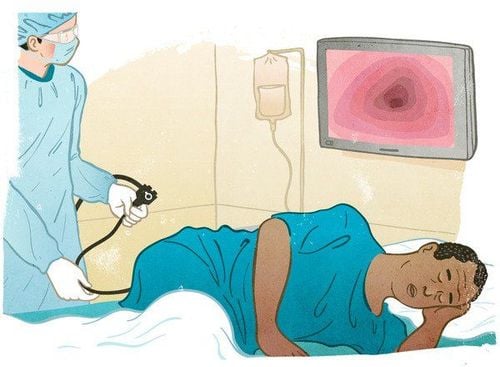
3. Should gastroscopy and colonoscopy be performed at the same time?
From the above information, it can be seen that, in one time, you can perform a gastroscopy and colonoscopy at the same time to avoid having to be anaesthetized twice. Gastroscopy and colonoscopy at the same time do not increase complications, however, the anesthetic time will be about 12 - 20 minutes longer (compared to gastroscopy or colonoscopy alone), but the total time Anesthesia is shorter than in monoscopy.In addition, when performing gastroscopy and colonoscopy at the same time, the patient enjoys the hospital's preferential price policy.
Please dial HOTLINE for more information or register for an appointment HERE. Download MyVinmec app to make appointments faster and to manage your bookings easily.





